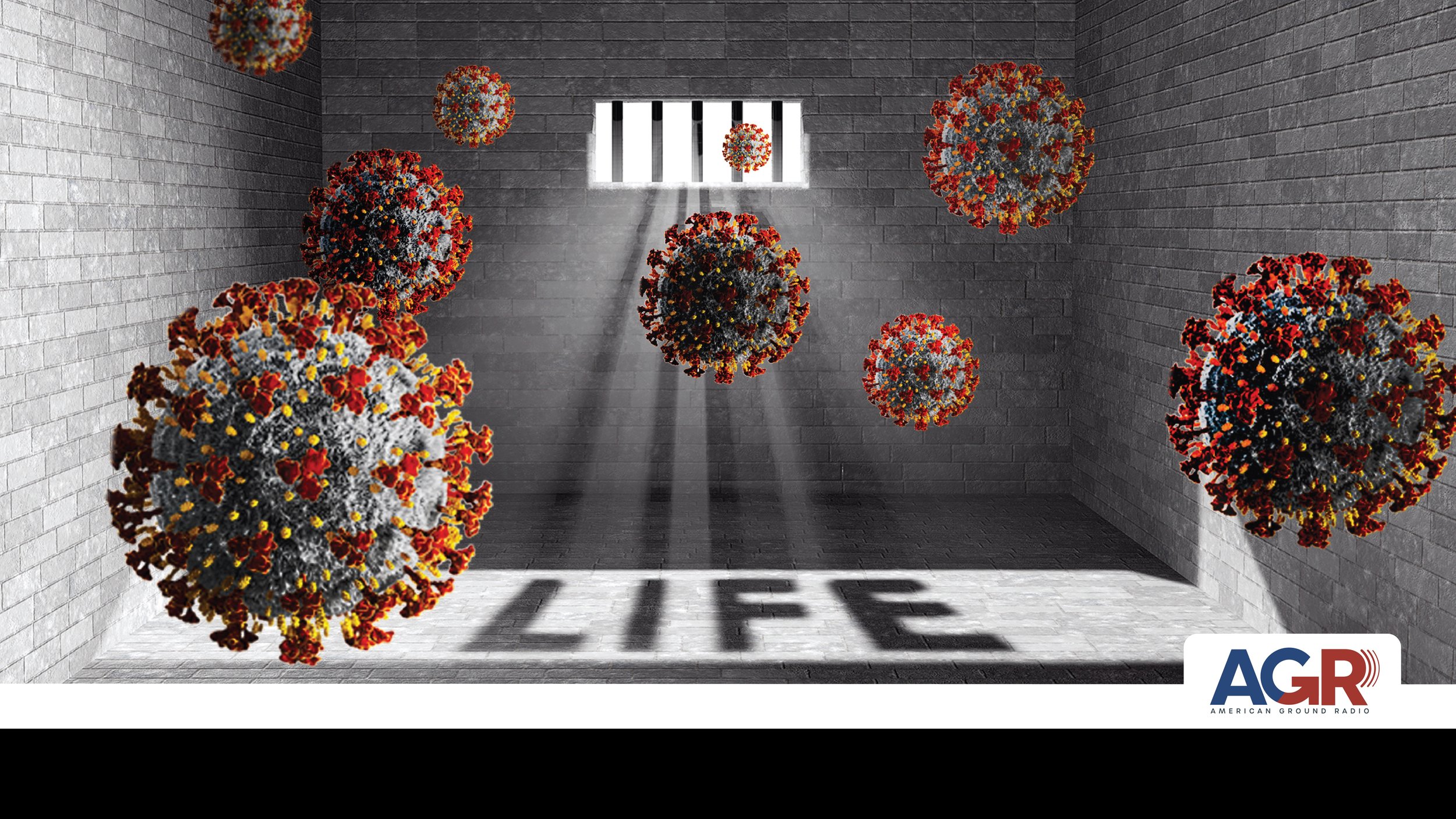Lockdowns Cost Benefit Analysis
There’s an old saying, “I know enough to know that I know nothing.”
The phrase is sometimes attributed to Socrates, sometimes Maya Angelou. I find it apropos that know that I don’t know who said it.
There’s a similar idea found in the Bible.
Romans 1:22. Professing themselves to be wise, they became fools.
During this pandemic, we’ve had a plethora of politicians and leaders who thought they knew everything, but really didn’t know anything. We’ve had an overflow of foolish bureaucrats and governors and mayors and health experts who were promoting foolish policies all while telling us how wise they actually were.
I remember the day that Louisiana Governor John Bel Edwards declared he was going to lockdown the state. I live in Louisiana, and he had decided we all needed to stay home. He closed the schools and forced kids into virtual learning. He shuttered businesses, and told millions of people across the state they were “nonessential.”
Working in the media, I was still considered “essential.” So, I asked his press office a question. “Has anyone done a cost benefit analysis before the Governor announced the lockdown? How many lives will be saved as a result of this policy? How many people will lose their jobs? How many businesses will lose everything? And, how many other people will lose their lives due to drug overdoses, depression, or lack of regular medical care?”
They never answered my question. The reason they didn’t answer the question is because no one had done a cost benefit analysis. And, since no one bothered to analyze the potential costs, even in a cursory way, no one had the answers to the specific follow up questions about lives saved versus lives lost and lives ruined.
I bring all this up because we now know how many lives were saved by the lockdowns.
Almost zero.
There’s a new study out of Johns Hopkins University by Jonas Herby, Lars Jonung, and Steve H. Hanke. All three are economics professors, familiar with cost benefit analyses.
They went looking through the predictions early on in the COVID pandemic. They start off their paper noting that, “An often cited model simulation study by researchers at the Imperial College London (Ferguson et al. (2020)) predicted that a suppression strategy based on a lockdown would reduce COVID-19 mortality by up to 98%.”
A computer model. I wonder if that computer model was as good as the Climate computer models for the UN have been?
Turns out, it’s even worse than those. The pandemic computer models predicted 98% reduction in the number of people who would die from COVID if we would just lock down the population. But, the data shows that both in Europe and in the US, the more stringent the lockdowns were, the more people died! That’s the opposite of what you would expect just looking at the prediction models on the surface.
The Johns Hopkins professors went and looked at 34 different studies on the effects of the lockdowns world wide, and analyzed the results of those studies.
Here’s what they found.
“Studies examining the relationship between lockdown strictness (based on the OxCGRT stringency index) find that the average lockdown in Europe and the United States only reduced COVID-19 mortality by 0.2% compared to a COVID-19 policy based solely on recommendations.”
OK, so why didn’t these lockdown measures work. The authors wisely say they don’t know. But, they do propose four possibilities for people do debate.
“First, people respond to dangers outside their door. When a pandemic rages, people believe in social distancing regardless of what the government mandates.”
Well, that makes sense. Some people were already starting to wear masks in public even before the lockdowns began in March of 2020. It was on the news every night. People knew there was a new disease, and they didn’t want to catch it. In general we humans are capable of rudimentary cost benefit analysis without a government doing that for us. We have survival instincts and when we found out that there was a virus out there, many people changed their behavior, even if just slightly, to avoid getting sick. And, they did it without the government locking them down first.
“Second, mandates only regulate a fraction of our potential contagious contacts and can hardly regulate nor enforce handwashing, coughing etiquette, distancing in supermarkets, etc.”
Basically, try as you might, you can’t control every aspect of your population’s behavior. You may think that as a governor with emergency powers, you are a demigod, but, you’re not. You’re a tyrant, and the people will ultimately decide whether they are going to wash their hands or not.
“Third, even if lockdowns are successful in initially reducing the spread of COVID-19, the behavioral response may counteract the effect completely, as people respond to the lower risk by changing behavior.”
This idea is that maybe the lockdowns did work, and the disease went away, so people stopped being so careful, and then the disease came back because they weren’t being careful anymore. I tend not to agree with this idea as much as the other two, mostly because from the data I’ve seen, there hasn’t been a single location on earth that mandated masks, saw COVID infections drop 2 weeks later and stay lower for any period of time. The lockdowns didn’t drop mortality rates, so why would people relax thinking that mortality rates had decreased. I just don’t think the data supports this idea.
“Fourth, unintended consequences may play a larger role than recognized.”
Do you know where you were most likely to get COVID? At work? On a subway? In a bar? At school? Walking in the park? Nope. The place you are most likely to catch COVID 19 is at home. And, where did the tyrants want everyone to stay during the lockdowns? At home. You weren’t likely to get the disease walking outdoors, but many places banned people from going to the beach, or the park, or zoos, or indeed past your mailbox. And, one of the things that can help you fight off infection is Vitamin D. You get Vitamin D from being out in the sunshine, but the lockdowns kept people out of the sun and inside their homes.
So, the lockdowns, the government interventions, didn’t prevent deaths in any measurable way. You know what they did do? They put millions of people out of work. We still don’t have as many people back in the workforce today as we did in February 2020.
The lockdowns led to hundreds of thousands of small businesses shutting down for good.
The lockdowns cost an entire generation of children a year and a half of education. Well, not the rich kids. According to the date they’re still doing fine. But, inner city kids have fallen so far behind they may never catch up.
And, the lockdowns cost us lives. Suicides and overdoses rose during the lockdowns. Cancer deaths and heart disease deaths both rose due to a lack of early treatment.
Look at all this has cost us. Now, look at what we gained. 0.2%
That’s a cost-benefit analysis. It’s what we should have done before the lockdowns. But, power is a huge temptation. Power is a liar. And, power creates fools. Those with power at the start of the pandemic believed the lie that they could stop the disease simply by taking away the rights to Liberty of their fellow men. They professed themselves to be wise, and they became fools, and now we know enough to know they didn’t know anything at all.

